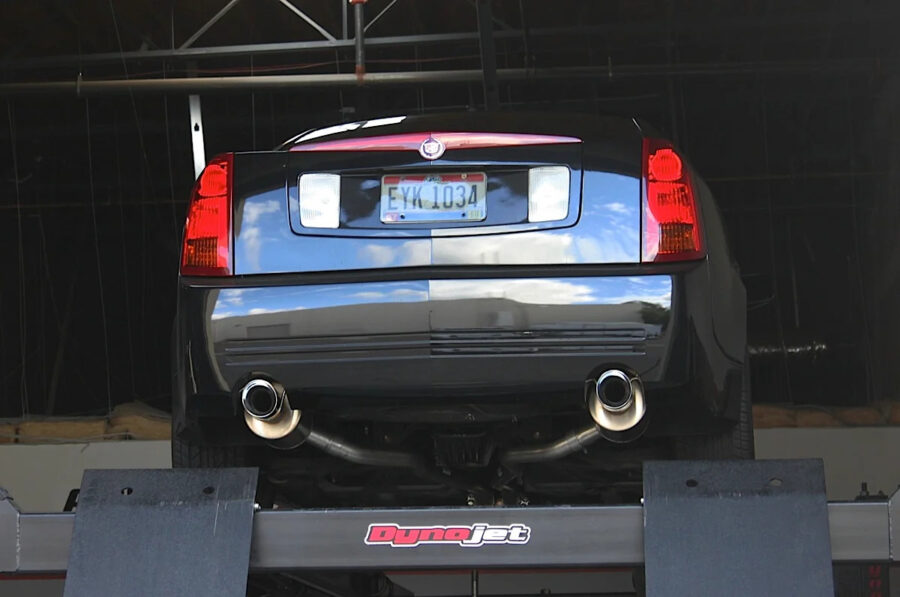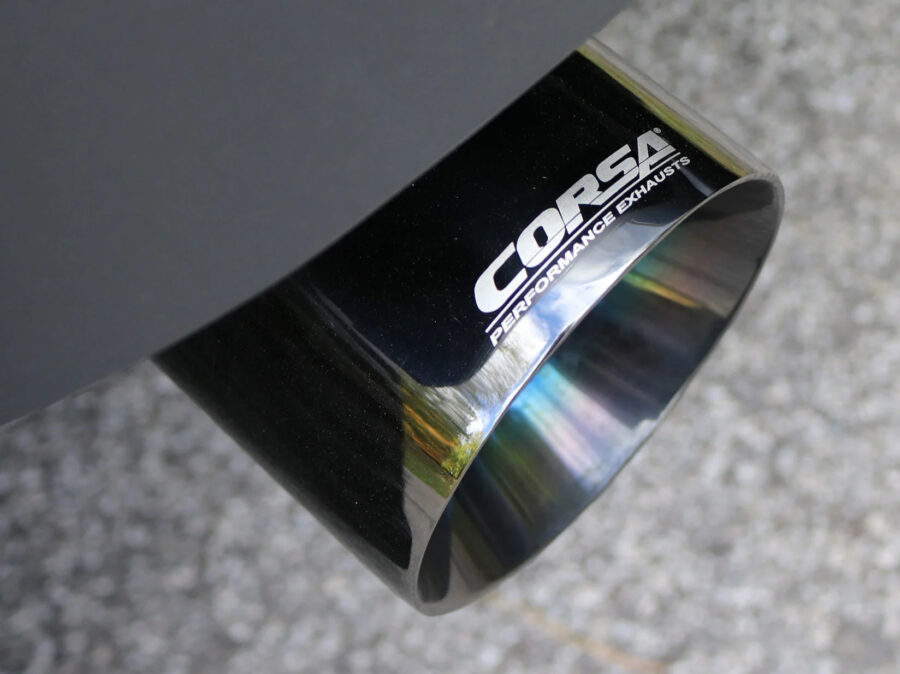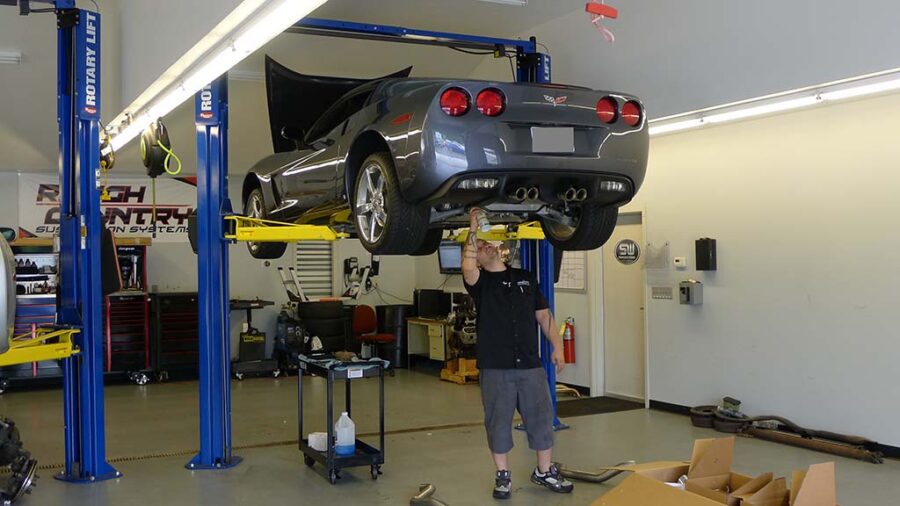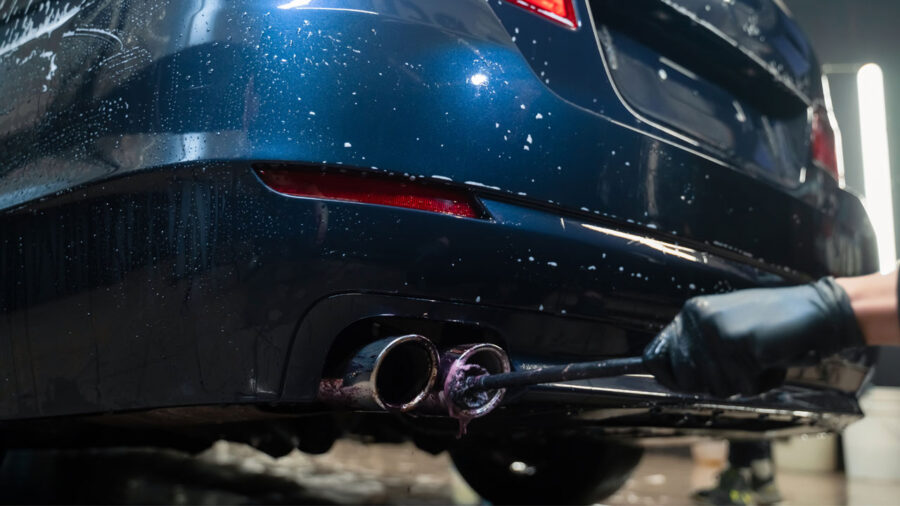When it comes to upgrading your vehicle’s performance and sound, an aftermarket exhaust system is often one of the first modifications enthusiasts turn to. But there’s more to this upgrade than meets the eye—or ears. Beyond the promise of a throatier growl or a sleeker look, an aftermarket exhaust system can significantly impact your vehicle’s overall performance, efficiency, and even longevity. Here’s a closer look at what they are, why they matter, and how to make the right choice.
What Is an Aftermarket Exhaust System?

An aftermarket exhaust system replaces the stock exhaust components that come with your vehicle. These systems are designed to improve the flow of exhaust gases, which can enhance engine performance, reduce back pressure, and create a more dynamic sound profile. Depending on your goals, you can choose from various options like cat-back, axle-back, or full exhaust systems, each offering different levels of modification.
Why Consider an Aftermarket Exhaust System?
For many drivers, the factory exhaust system works just fine. But if you’re looking to optimize your vehicle’s potential, there are several reasons to consider going aftermarket:
1. Performance Gains
Stock exhaust systems are often built with cost-efficiency in mind, not performance. Aftermarket systems are typically less restrictive, allowing exhaust gases to exit more freely. This can result in noticeable gains in horsepower and torque, especially when combined with other performance upgrades.
2. Enhanced Sound
One of the most noticeable changes with an aftermarket exhaust is the sound. Whether you want a deep rumble, an aggressive growl, or just a more refined tone, there’s a system designed to deliver the auditory experience you’re after.
3. Improved Fuel Efficiency
By allowing your engine to “breathe” better, aftermarket systems can also lead to improved fuel economy. While the difference may not always be dramatic, it’s a nice bonus for daily drivers who also want a performance edge.
4. Durability
Many aftermarket systems are made from higher-quality materials like stainless steel or aluminized steel, which resist rust and corrosion better than factory-installed components. This durability can extend the life of your exhaust system, making it a practical long-term investment.
5. Custom Aesthetic
Let’s face it—how your car looks matters just as much as how it performs. Aftermarket exhausts often feature polished tips, sleek designs, and unique placements that give your vehicle a more aggressive or customized appearance.
Types of Aftermarket Exhaust Systems

Before diving in, it’s essential to understand the different types of systems available. Each serves a specific purpose and comes with its own pros and cons:
1. Axle-Back Systems
These replace the components from the rear axle to the exhaust tips. They’re a popular choice for those looking to enhance sound and aesthetics without breaking the bank.
2. Cat-Back Systems
A step up from axle-back systems, cat-back setups replace everything from the catalytic converter to the tailpipes. They offer better performance gains by improving exhaust flow.
3. Header-Back Systems
This is the most comprehensive upgrade, replacing the entire exhaust system from the engine headers to the tailpipes. While these systems offer the best performance improvements, they’re also the most expensive and labor-intensive to install.
4. Muffler-Only Upgrades
If you’re primarily after a sound upgrade, replacing just the muffler can be a cost-effective way to achieve a more aggressive tone without altering the rest of your exhaust system.
Factors to Consider Before Upgrading
Not all exhaust systems are created equal, and what works for one vehicle may not be ideal for another. Here are some factors to keep in mind:
1. Compatibility
Ensure the system you choose is specifically designed for your vehicle’s make, model, and year. A poor fit can result in reduced performance, legal issues, or even damage to your car.
2. Material
Stainless steel systems are often the best option for long-term durability, especially if you live in areas with harsh winters or salty roads. Aluminized steel is a more budget-friendly alternative but may not last as long.
3. Legal Restrictions
In some regions, aftermarket exhaust systems must meet specific noise and emissions standards. Make sure your chosen system complies with local laws to avoid fines or failed inspections.
4. Budget
Aftermarket systems can range from a few hundred dollars to several thousand. Know your priorities—whether it’s sound, performance, or aesthetics—and choose a system that aligns with your goals and financial constraints.
Installation: DIY or Professional Help?

Installing an aftermarket exhaust system can be a rewarding project for DIY enthusiasts with the right tools and experience. However, certain systems—especially header-back setups—require extensive modifications and expertise. If you’re unsure about your abilities, it’s worth seeking professional installation to avoid costly mistakes.
Common Myths About Aftermarket Exhaust Systems
1. “They’re Only for Racers”
While performance enthusiasts love aftermarket exhausts, they’re not limited to race cars. Daily drivers and off-roaders can also benefit from better sound, efficiency, and durability.
2. “They Always Void Warranties”
This depends on your vehicle and the type of modifications made. Many systems are designed to be warranty-friendly, but it’s always best to check with your manufacturer before making changes.
3. “They’re Too Loud for Everyday Use”
Not all aftermarket systems are obnoxiously loud. Many are engineered to provide a refined tone that enhances your driving experience without disturbing the neighborhood.
Maintaining Your Aftermarket Exhaust System

Once you’ve installed your new exhaust system, keeping it in top condition is key to maximizing its benefits. Regular cleaning, inspections, and timely repairs can help prevent issues like rust, leaks, or clogs. If you live in an area with salted roads, make it a habit to rinse your exhaust system during the winter months to avoid corrosion.
Final Thoughts
Upgrading to an aftermarket exhaust system is more than just a cosmetic or auditory choice—it’s a way to improve your vehicle’s performance, efficiency, and longevity. Whether you’re looking for a deeper roar, extra horsepower, or a sleeker appearance, the right system can transform your driving experience.
However, as with any modification, it’s essential to do your research and choose a system that aligns with your needs and goals. With the right setup, your vehicle will not only turn heads but also deliver a driving experience that’s truly your own.



